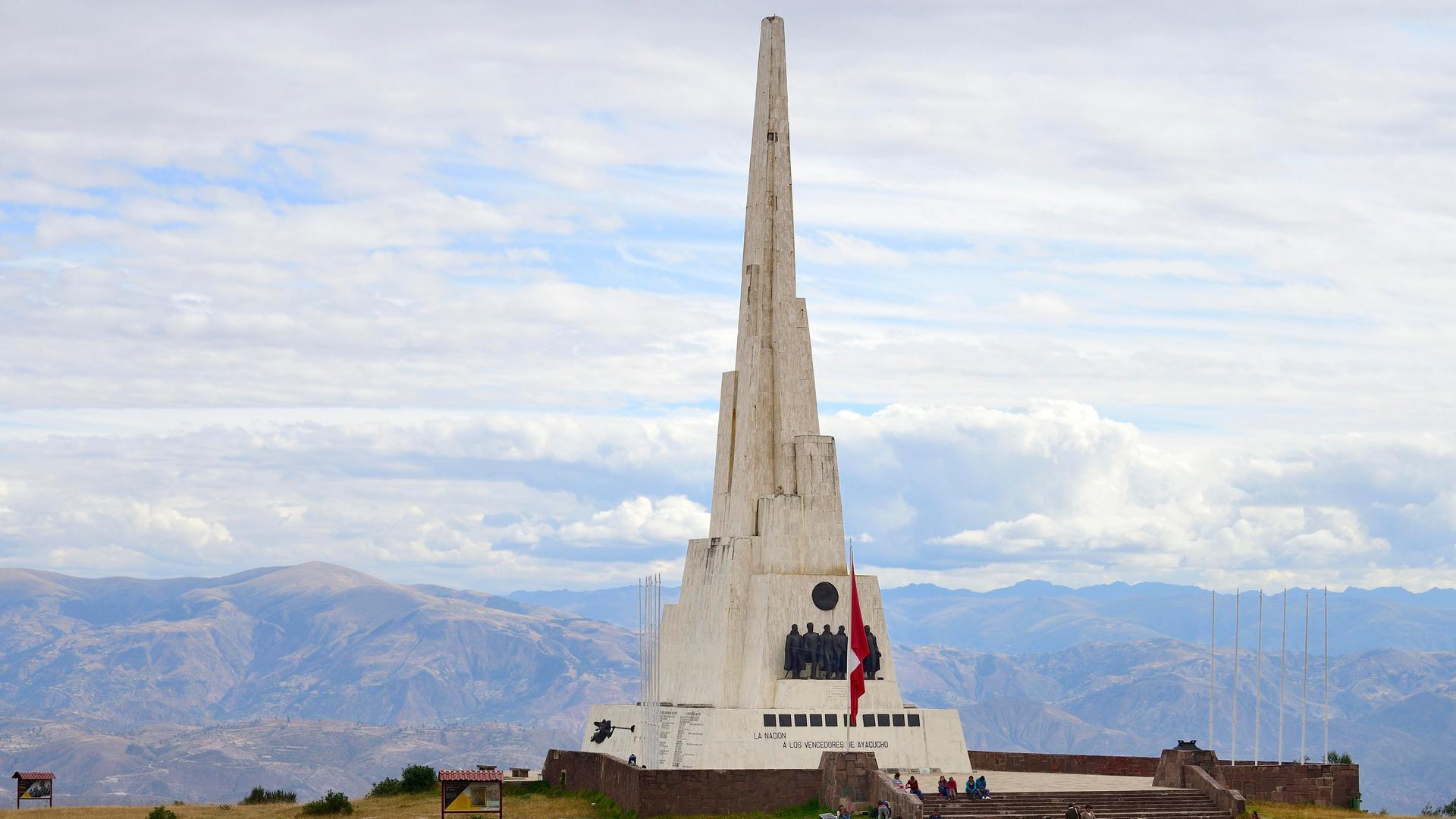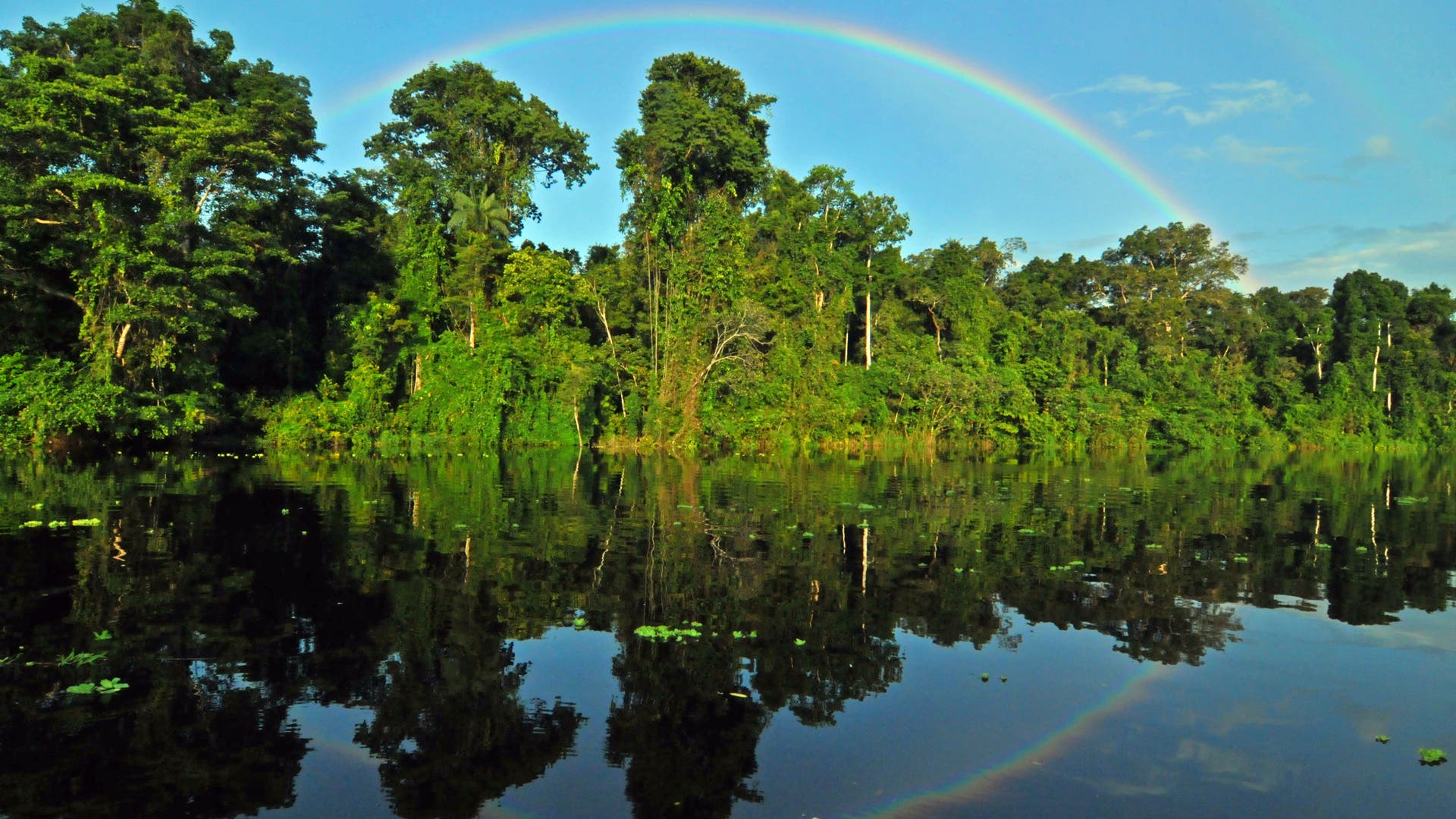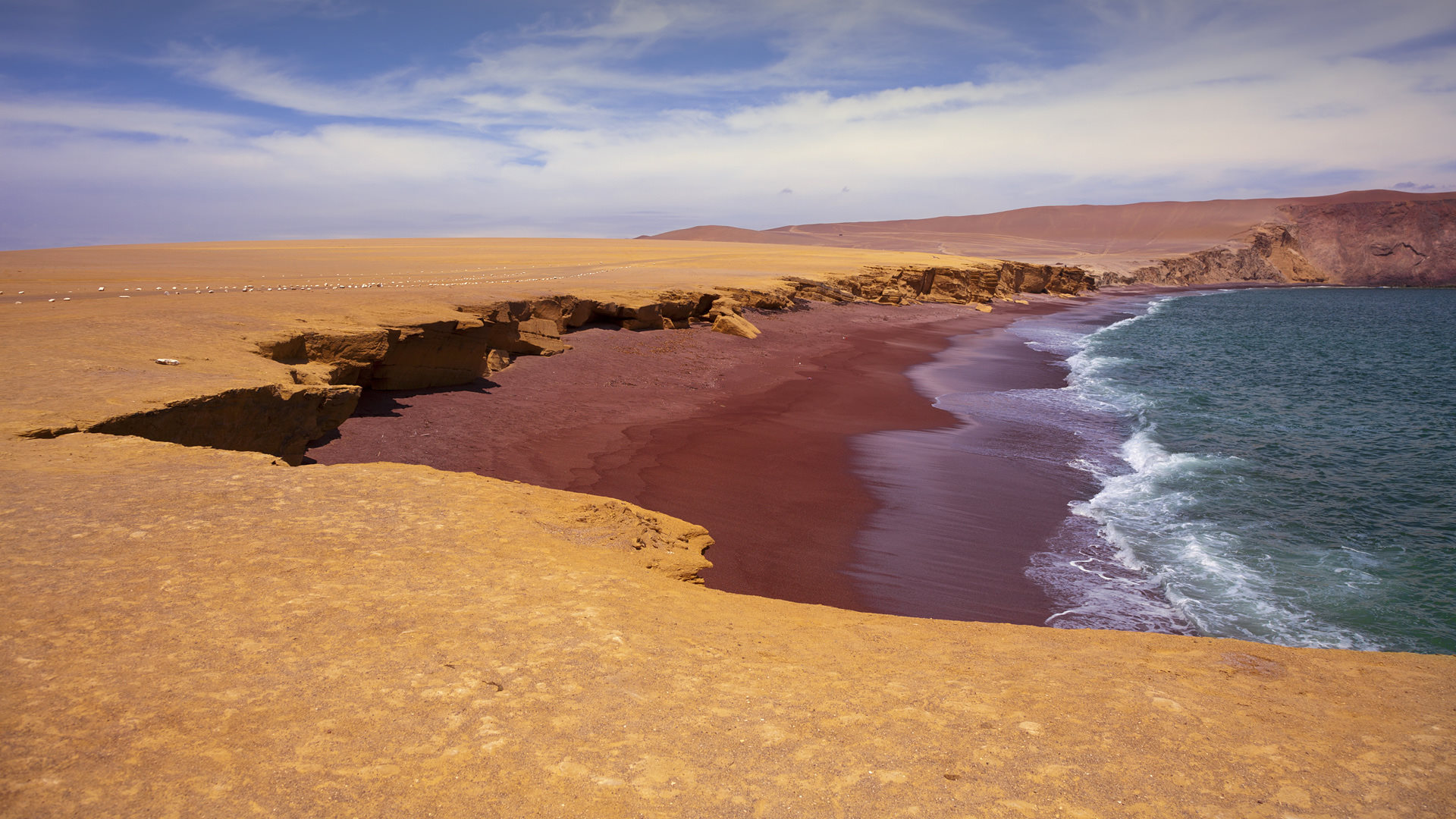#caturday #horror in #Peru
An End to Cruelty and a Most #Evil Trade
It's one thing to eat animals. Another to publicly torture them in ritualistic fashion.
Peruvian leaders push for end to ‘cat barbecues,’ say they are a throwback to Spanish colonial rituals
https://cuencahighlife.com/peruvian-leaders-push-for-end-to-cat-barbecues-say-they-are-a-throwback-to-uncivilized-spanish-colonial-rituals/
A Peruvian congressman has joined animal rights activists in their effort to stop the consumption of barbecued cats at an annual religious festival.
The activists say at least 100 cats will be eaten at this weekend’s festival of Santa Efigenia in La Quebrada, a town south of Lima. In addition to barbecues, the festival includes a variety of activities, inlcuding cat races and even live cat roasting, all of which activists say constitute animal cruelty.
Congressman Juan Urquiza joined activists this year to write the district mayor and Peru’s health minister and demand a ban on #cat-eating under a domestic animal protection law.
Activists also claim that dining on felines is a public health danger.
Health Minister Midori de Habich says the practice should be halted. But she has taken no action.
La Quebrada residents defend their tradition and say the cats sacrificed are specially bred with only a handful killed and eaten.
Urquiza claims that the cat festivals are a throwback to a 16th and 17th century European tradition of torturing and eating cats. “It has no place in the civilized world,” he said. The tradition was brought to Latin America by the Spanish and was widely practiced in the Andean region of South America.
Cat roastings were held in Cuenca in the 1700s and the Spanish Governor, Jose Antonio Vallejo, encouraged families to come to the central plaza, now Parque Calderon, on Sunday nights to watch cats in wire mesh cages being lowered into a fire. According to Gonzalez Suarez, a Spanish historian, “The caterwauling and writhing of the burning felines always delighted and amused the spectators.”
Once the animals were roasted to death, they were given to spectators to eat.










